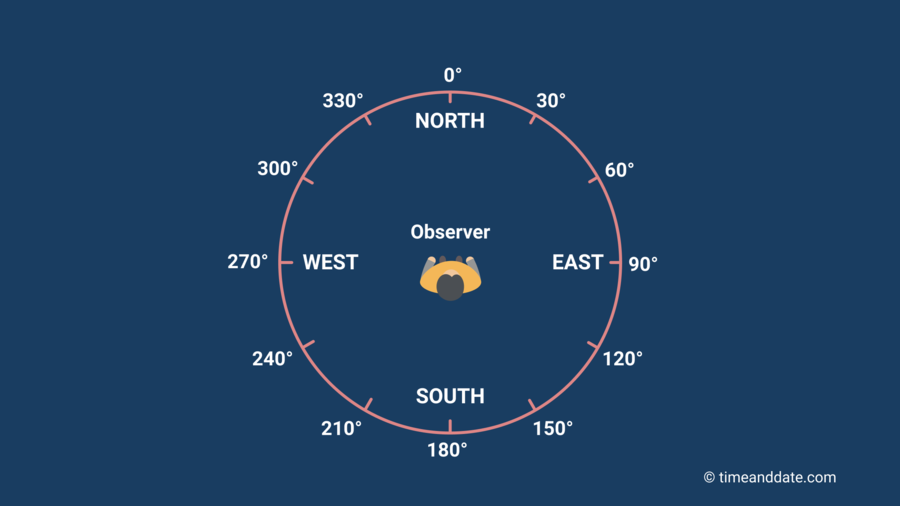

"Sun will align directly over Kaaba, Islam's holiest shrine, on Friday". "Determining the Sacred Direction of Islam". : CS1 maint: location missing publisher ( link) Breve diccionario etimológico de la lengua castellana (in Spanish) (3rd ed.). Cambridge English Pronouncing Dictionary (18th ed.). Roach, Peter Setter, Jane Esling, John (eds.). On the International Space Station, zenith and nadir are used instead of up and down, referring to directions within and around the station, relative to the earth. The NASA Orbital Debris Observatory and the Large Zenith Telescope are both zenith telescopes, since the use of liquid mirrors meant these telescopes could only point straight up. The astronomical meridian is also determined by the zenith, and is defined as a circle on the celestial sphere that passes through the zenith, nadir, and the celestial poles.Ī zenith telescope is a type of telescope designed to point straight up at or near the zenith, and used for precision measurement of star positions, to simplify telescope construction, or both. In astronomy, the altitude in the horizontal coordinate system and the zenith angle are complementary angles, with the horizon perpendicular to the zenith. Īt a given location during the course of a day, the Sun reaches not only its zenith but also its nadir, at the antipode of that location 12 hours from solar noon. In Islamic astronomy, the passing of the Sun over the zenith of Mecca becomes the basis of the qibla observation by shadows twice a year on 27/28 May and 15/16 July. The Sun reaches the observer's zenith when it is 90° above the horizon, and this only happens between the Tropic of Cancer and the Tropic of Capricorn. a star) and the local zenith - that is, the complement of the altitude angle (or elevation angle). In a scientific context, the zenith is the direction of reference for measuring the zenith angle (or zenith angular distance), the angle between a direction of interest (e.g. This sense of the word is often used to describe the position of the Sun ("The sun reached its zenith."), but to an astronomer, the Sun does not have its own zenith and is at the zenith only if it is directly overhead. The term zenith sometimes means the highest point, way, or level reached by a celestial body on its daily apparent path around a given point of observation. This happens only at solar noon on certain days in the tropics, where the trees' latitude and the Sun's declination are equal. Relevance and use Angles and planes of a celestial sphere The shadows of trees are the shortest on Earth when the Sun is directly overhead (at the zenith). Through the Old French cenith, zenith first appeared in the 17th century. Its orientation with respect to our horizon changes. It was reduced to samt ("direction") and miswritten as senit/ cenit, the m being misread as ni. The ecliptic is a great circle on the celestial sphere, tipped 23.5 with respect to the celestial equator. The word zenith derives from an inaccurate reading of the Arabic expression سمت الرأس ( samt al-ras), meaning "direction of the head" or "path above the head", by Medieval Latin scribes in the Middle Ages (during the 14th century), possibly through Old Spanish. The zenith is the "highest" point on the celestial sphere. "Above" means in the vertical direction ( plumb line) opposite to the gravity direction at that location ( nadir). The zenith ( UK: / ˈ z ɛ n ɪ θ/, US: / ˈ z iː n ɪ θ/) is an imaginary point directly "above" a particular location, on the celestial sphere.
#HORIZON DEFINITION ASTRONOMY FREE#
This image of the horizon of the Earth was taken by the crew of STS-129 Space Shuttle international.Look up zenith in Wiktionary, the free dictionary. Image: On this beautiful sunset far, you can see the curvature of the Earth's atmosphere. Nota: In astronomy, the cosmic horizon or cosmological horizon means the limit of the observable Universe from Earth.

The horizon takes into account the curvature of the Earth. The observation line of the horizon is tangent to the surface and limits what can be observed because of his own position or situation.

The circular line of the horizon does not lie at an infinite distance to the contrary, it is quite close but the distance varies depending on the height of the observation. This line seems to separate the sky from the earth or the sea. The horizon on Earth, is the line that limits the distant view. Nota: Equatorial radius of Earth = 6 378.137 km Next figure at right, we will take as the distance of the radius of the Earth the mean radius 6 371 km.
#HORIZON DEFINITION ASTRONOMY HOW TO#
How to calculate the distance to the horizon? For a man of 1.80 meters located at the edge of the sea, the horizon is approximately 4789 meters, only.


 0 kommentar(er)
0 kommentar(er)
